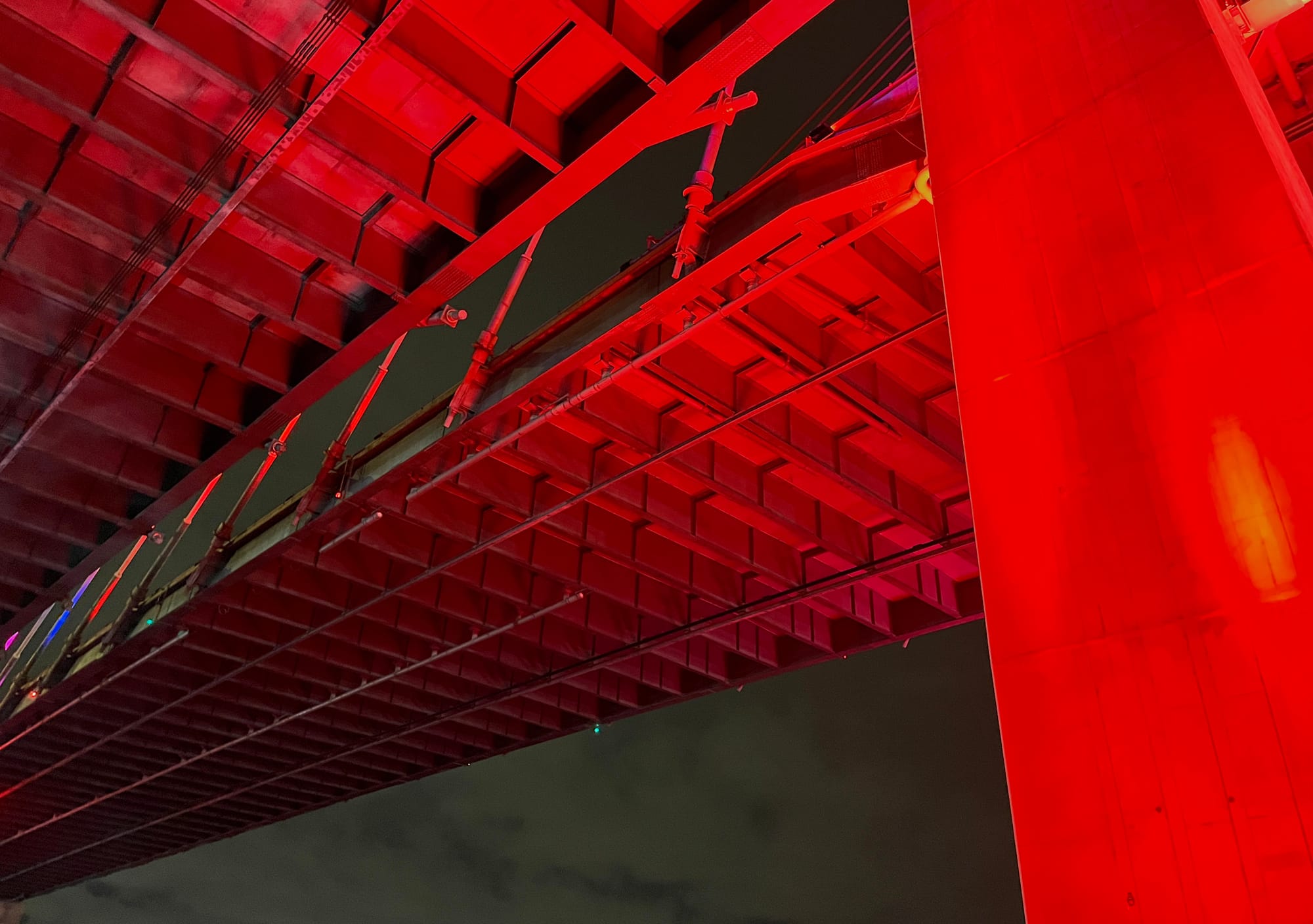The next iteration of Contraption Company

When I left Webflow two years ago, I started working full-time on Contraption Company, a product studio that makes tools for online work. I sought to build independent software, and I launched products like Postcard, Booklet, and FRCTNL.
Two years later, I'm no longer building Contraption projects. I am now focusing full-time on Find AI, a venture-backed startup I co-founded. So, I thought it's time to share an update.
I started Find AI late last year, but the story precedes that. Around the time I left Webflow, I began working with an AI lab as a fractional head of product. This part-time work funded my studio while I built its first applications.
Over those two years, the AI lab experimented with several product ideas, ranging from enterprise software to consumer mobile apps. We built many cool experiments that pushed the edges of LLMs. I also enjoyed working with the AI lab founders—they contrasted my skills, and I learned from them.
Last year, the AI lab shut down its last product, and the founders began exploring other ideas. One hatched plans to build a massive GPU data center. He hired an outbound sales company to find customers, and he was frustrated by how much time the agency seemed to waste just clicking around LinkedIn. So, I got a call - "Could we use OpenAI to automate this?"
I started by scraping the YC startup directory and then used OpenAI to analyze the data, asking, "Find startups that might want to rent GPUs." The script was slow—it took hours and thousands of dollars to run. But the results were excellent —and this system far outperformed human lead generation. Instead of using LLMs to write text or build a chatbot, this application used them to analyze data.
"This could be a product," we thought. I set up a website, Find AI, and got to work. I added more data, optimized the searches to be faster, and developed techniques to make them cheaper. As I did that, people began to find the website, sign up, and even pay us. Before launch, we had customers ranging from prominent investors to a Fortune 500 company. It was clear that we were solving a problem.
Initially, I continued building Contraption Company projects while working on Find AI. But, as time passed, I began waking up each morning with more excitement for Find AI than my indie projects.
As Find AI began hiring, I applied the future of work theories I had been developing at Contraption Company. I set up a Booklet for async communication, launched an official fractional work program, and began hiring from my FRCTNL community.
We launched Find AI two months ago, and the response was overwhelming. On launch day, we had about 50,000 visitors, made millions of requests to OpenAI, and gained more customers. I've spent the weeks since launch scaling the software, developing new features, and hiring more people.
Along the way, I realized - I'm not building indie software anymore.
I started Contraption Company to build the software I wanted. When it was clear that the market didn't love those products, I chose not to pivot because I was bored by the alternatives. In hindsight, I chose to build an "independent" business instead of raising money because, given the choice between interesting work and commercial success, I preferred interesting work.
With Find AI, everything changed. I found a project I want to work on and a project that the market wants. That's a rare and valuable confluence, so I've gone all-in on this startup and stopped building a product studio.
For the past two years, I have treated Contraption Company as a mix of both art and business. Now that I've picked a business pursuit, I can unbundle—with Find AI for business and Contraption Company for my creative interests.
Contraption Company will now be more of a media brand where I'll write essays, share conversations, and publish fun projects. I intend to pursue my interests here without applying the filter of commercial viability.
If you want to follow along with my journey and work, subscribe to get updates.
In most cases the recipe for doing great work is simply: work hard on excitingly ambitious projects, and something good will come of it.
- Paul Graham in "How to Do Great Work"


